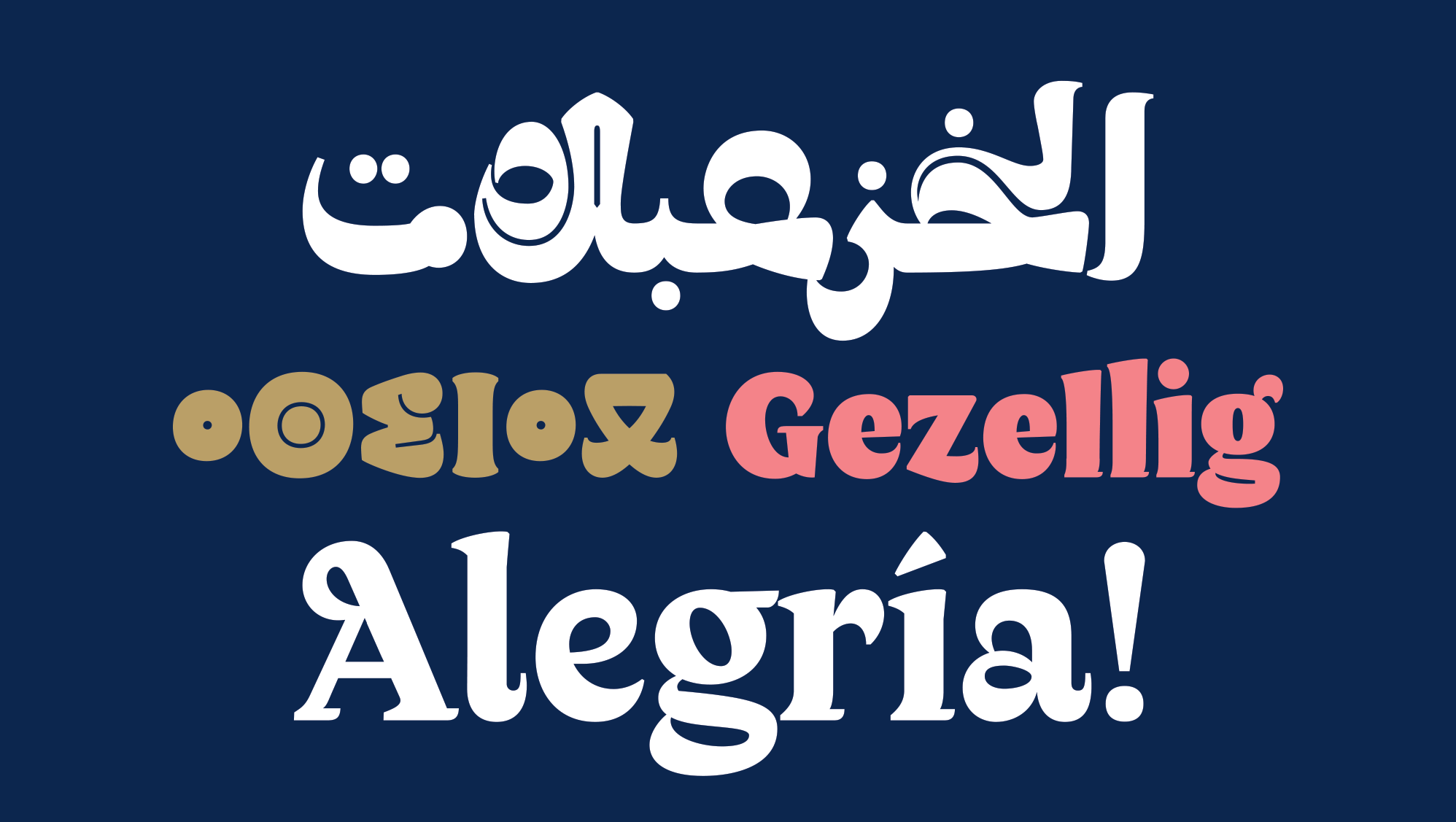Today about seven thousand languages are spoken in the world. Communicating in multiple languages is becoming more and more common and is bringing up new challenges to the practice of design, specially from a typographic perspective.
Multilingual projects often require the combination of different scripts, which is a usual scenario in countries handling Arabic, Chinese or Cyrillic writing systems. Current type design is responding to the growing demand of multilingual media with the design of typefaces that feature not one but multiple scripts in their character sets.
As projects keep reaching worldwide audiences, designers need to merge with foreign values and communication systems to create an effective discourse, particularly when working with an unknown script. Using multiple languages at the same time can become a form of cultural and emotional expression in design and allow a fresh view which engage a global audience.
But how should designers face multicultural projects? What are the benefits brought by the interaction multiple languages in design practice? In the following posts I would like to focus on the combination of languages in design practice, from methodology to typographic aspects.
Image
Laura Meseger. Qandus, a triscript typeface family.
Bibliography
Pater, Robert. The Politics of Design. A (Not so) Global Manual for Visual Communication. Bis Publishers, 2017.
Rymer, Russ. „Vanishing Languages“. National Geographic. July, 2012. https://www.nationalgeographic.com/magazine/2012/07/vanishing-languages/

nice article